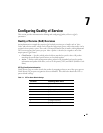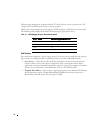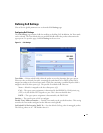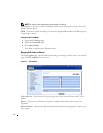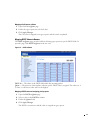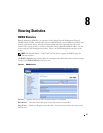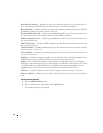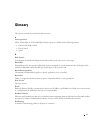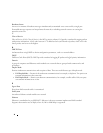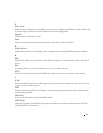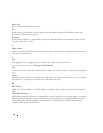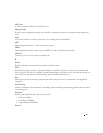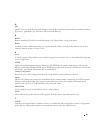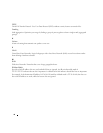
78
Broadcast Storm
An excessive amount of broadcast messages simultaneously transmitted across a network by a single port.
Forwarded message responses are heaped onto the network, overloading network resources or causing the
network to time out.
C
Class of Service
Class of Service (CoS). Class of Service is the 802.1p priority scheme. CoS provides a method for tagging packets
with priority information. A CoS value between 0-7 is added to the Layer II header of packets, where zero is the
lowest priority and seven is the highest.
D
DHCP Client
An Internet host using DHCP to obtain configuration parameters, such as a network address.
DSCP
DiffServe Code Point (DSCP). DSCP provides a method of tagging IP packets with QoS priority information.
Domain
A group of computers and Ethernet switch modules on a network that are grouped with common rules and
procedures.
Duplex Mode
Permits simultaneous transmissions and reception of data. There are two different types of duplex mode:
•
Full DuplexMode
— Permits for bisynchronous communication, for example, a telephone. Two parties can
transmit information at the same time.
•
Half DuplexMode
— Permits asynchronous communication, for example, a walkie-talkie. Only one party
can transmit information at a time.
E
Egress Ports
Ports from which network traffic is transmitted.
End System
An end user Ethernet switch module on a network.
Ethernet
Ethernet is standardized as per IEEE 802.3. Ethernet is the most common implemented LAN standard.
Supports data transfer rates of Mpbs, where 10, 100 or 1000 Mbps is supported.



